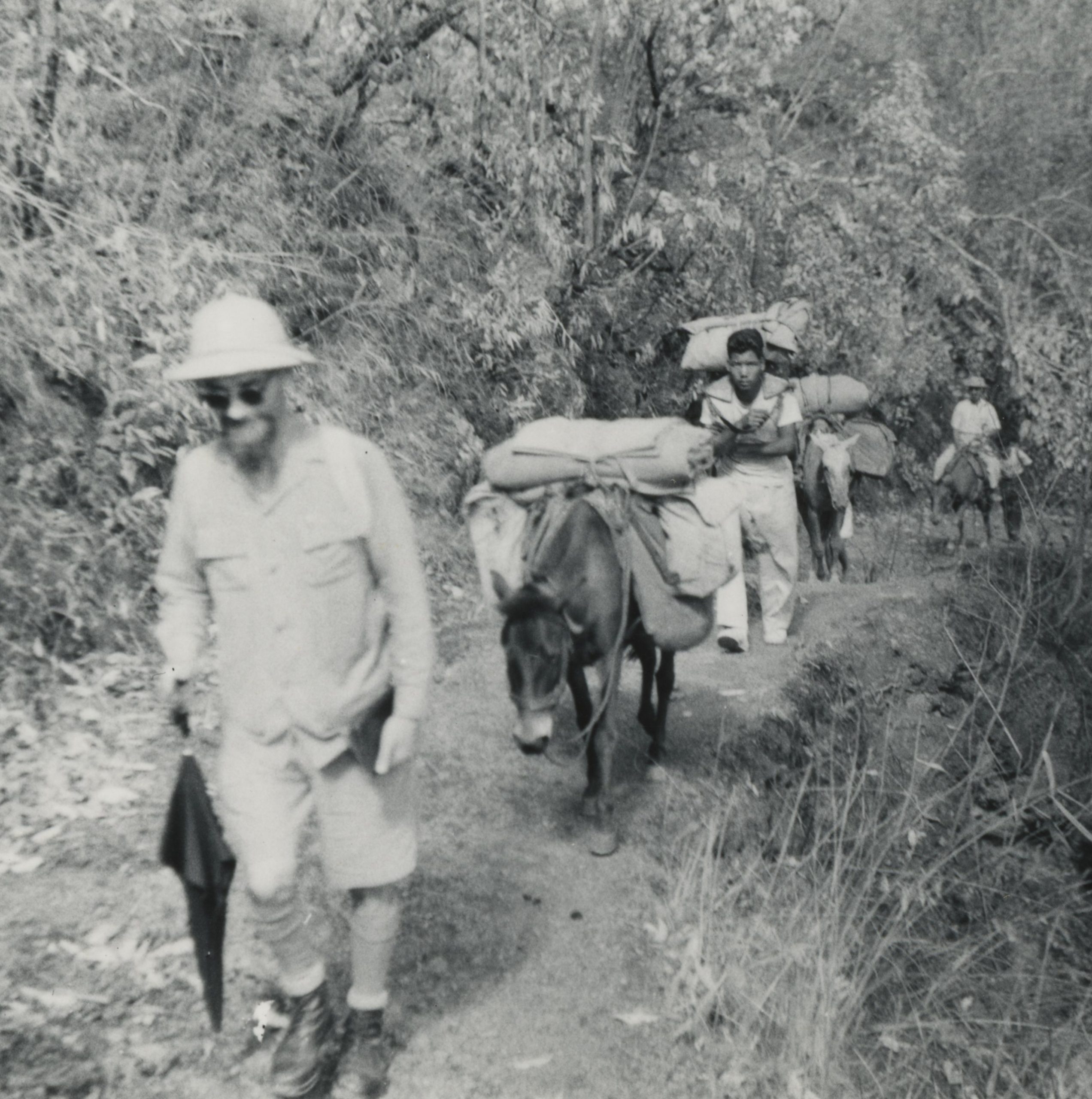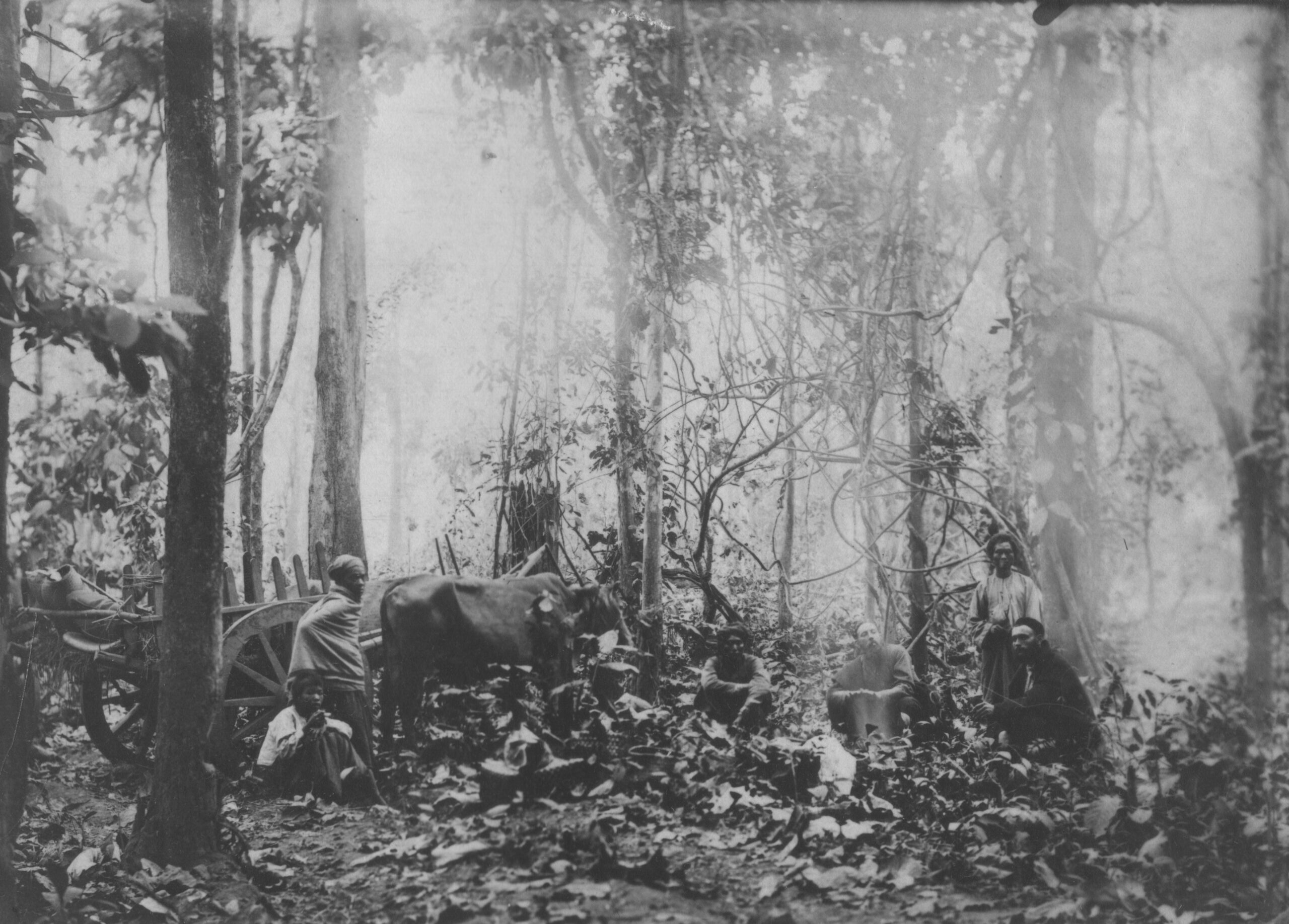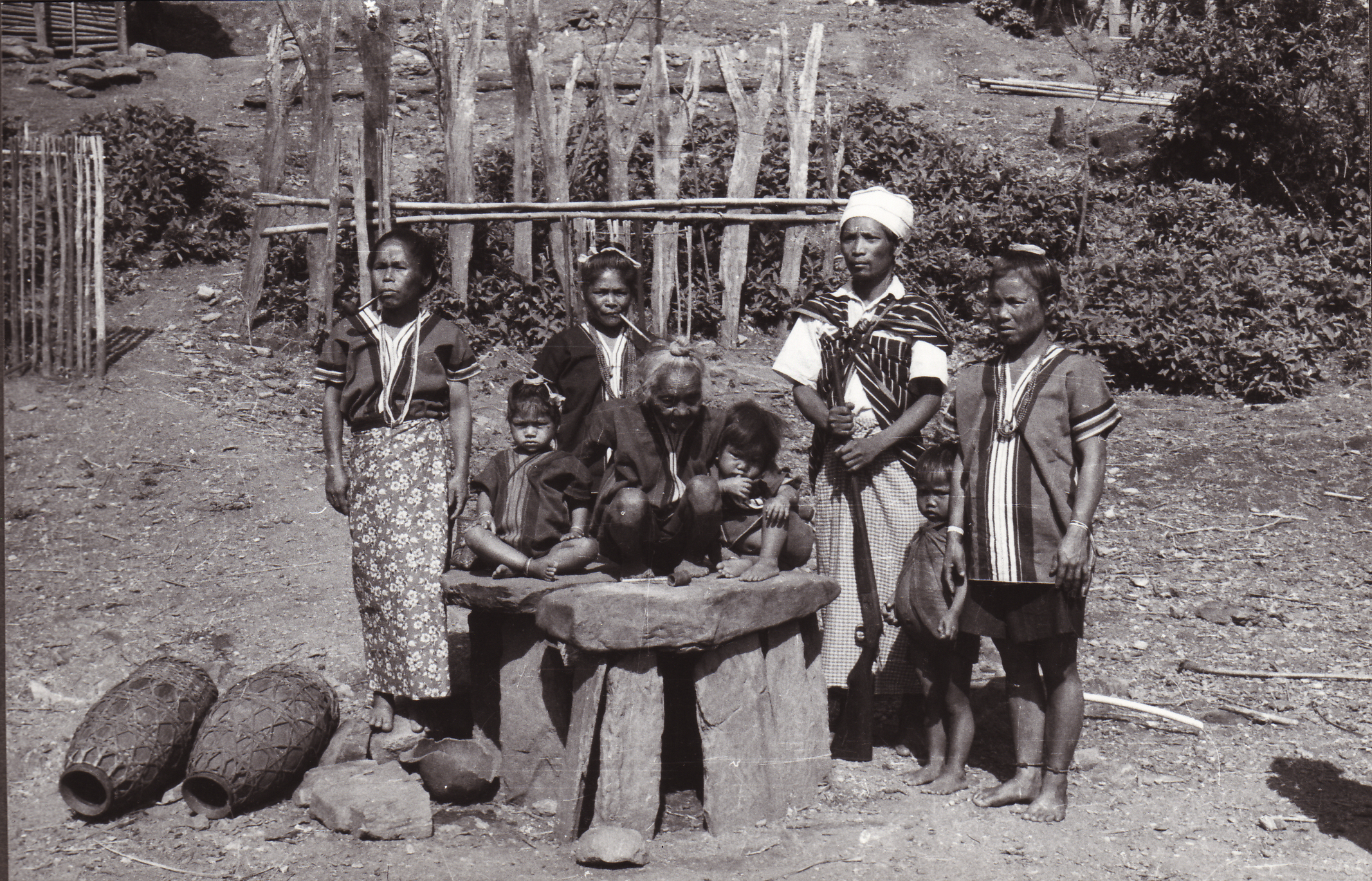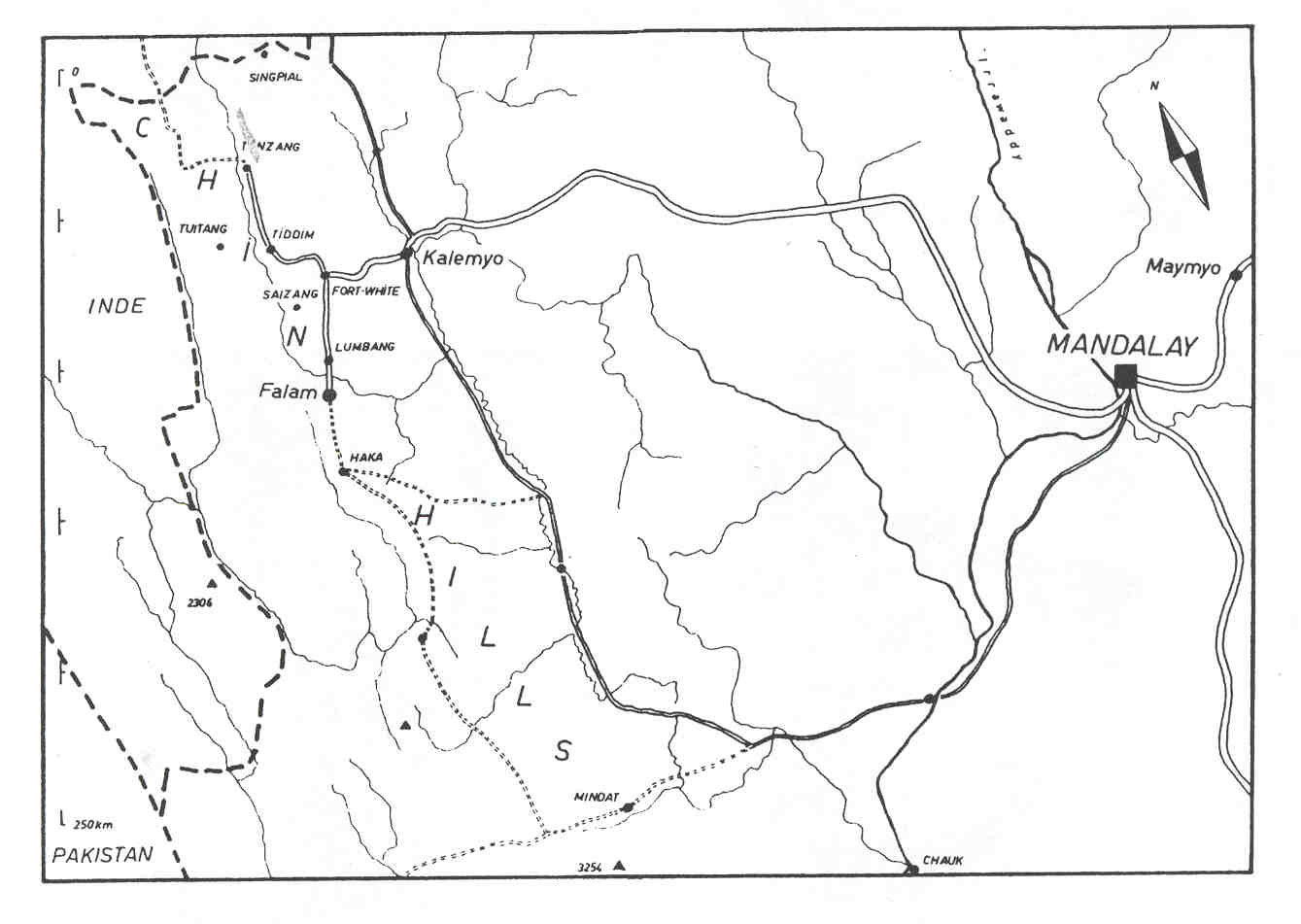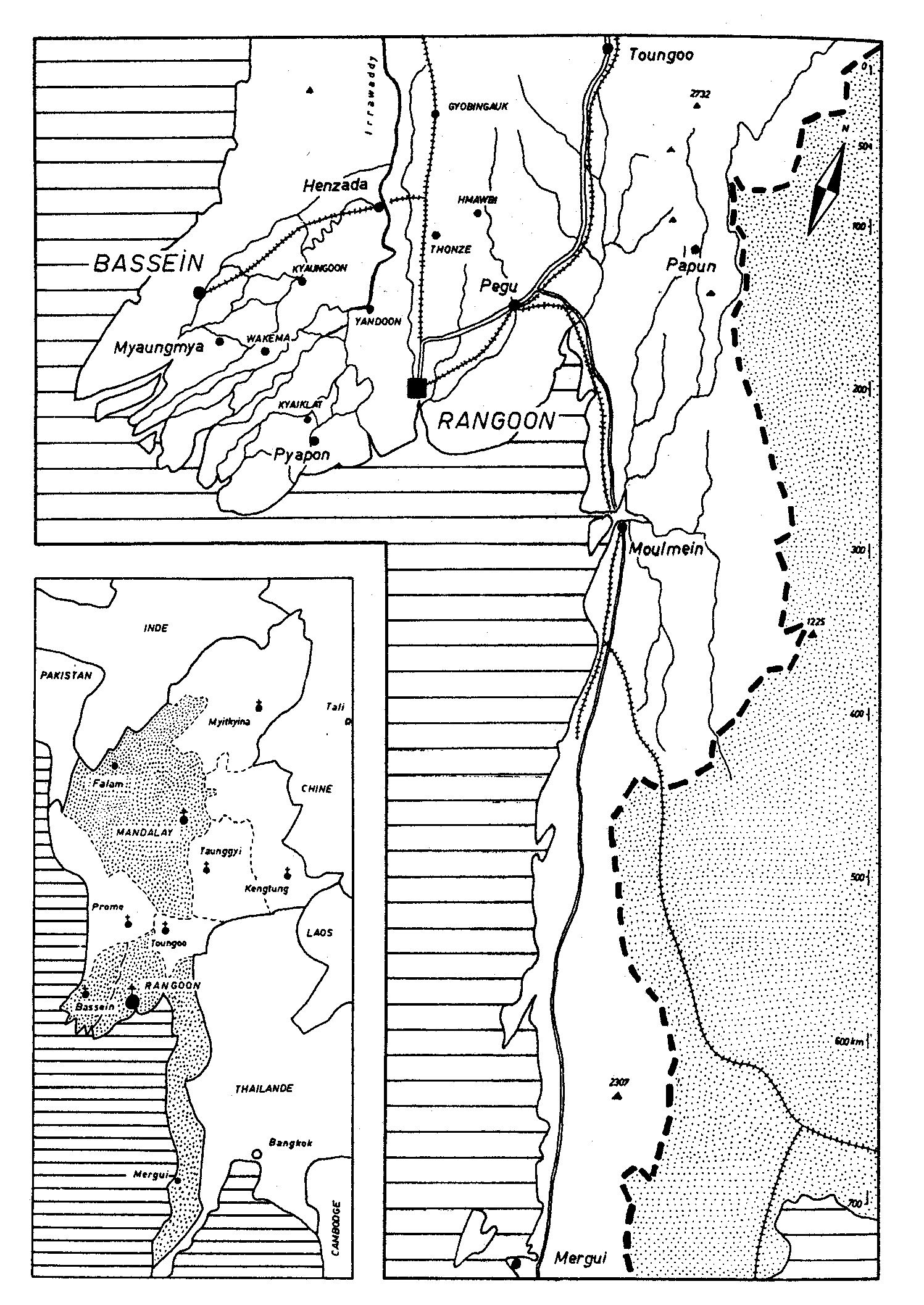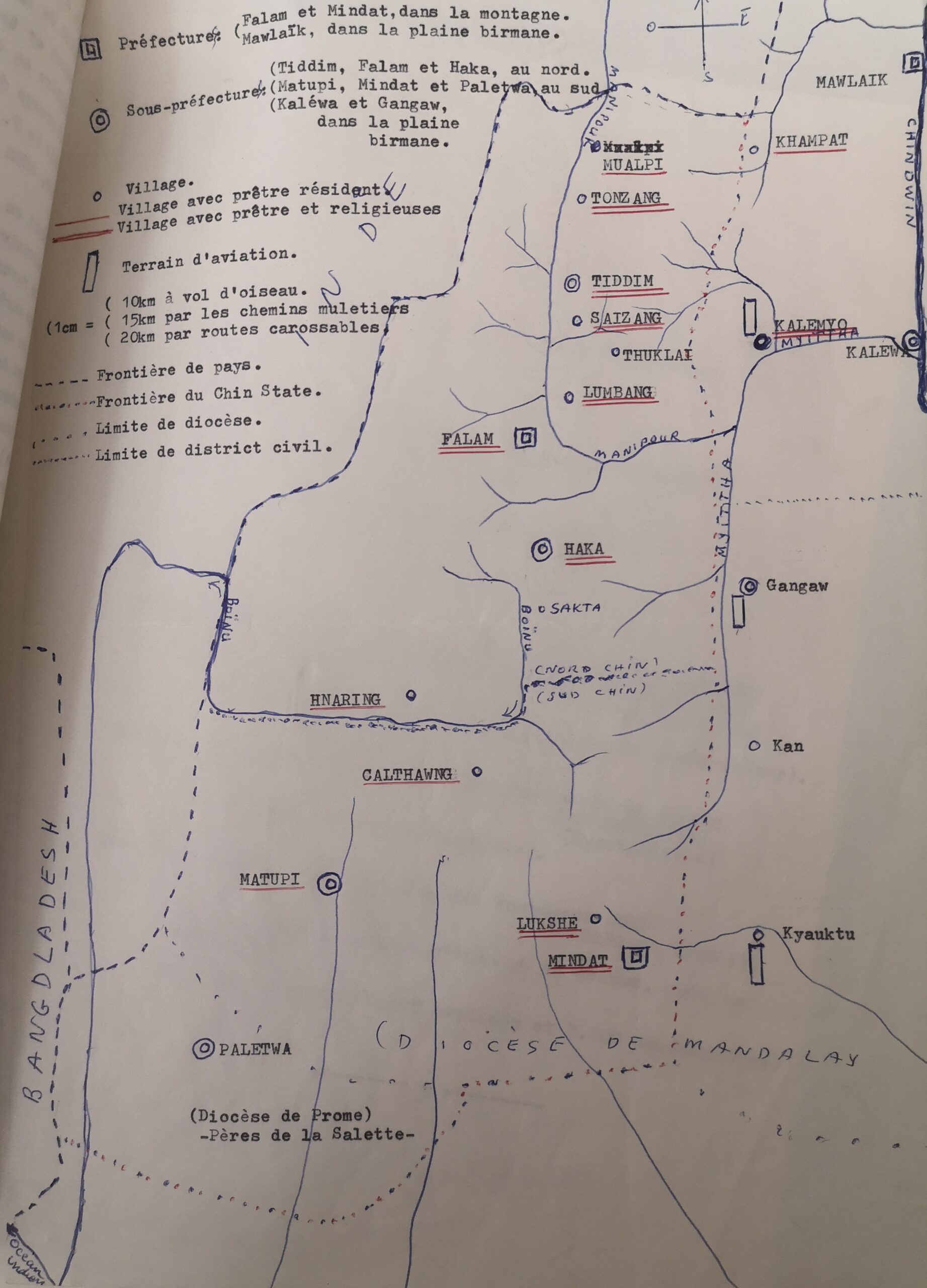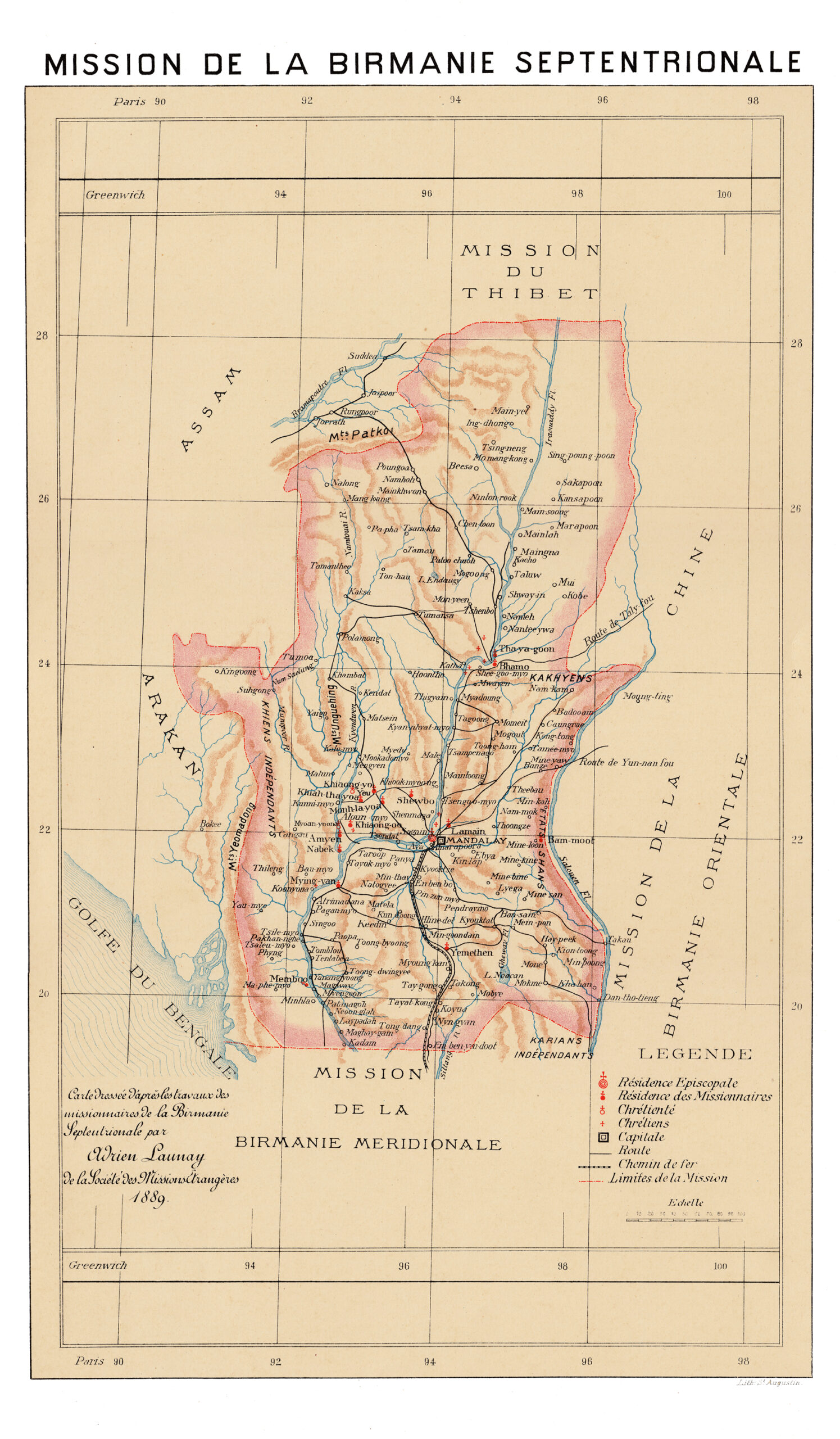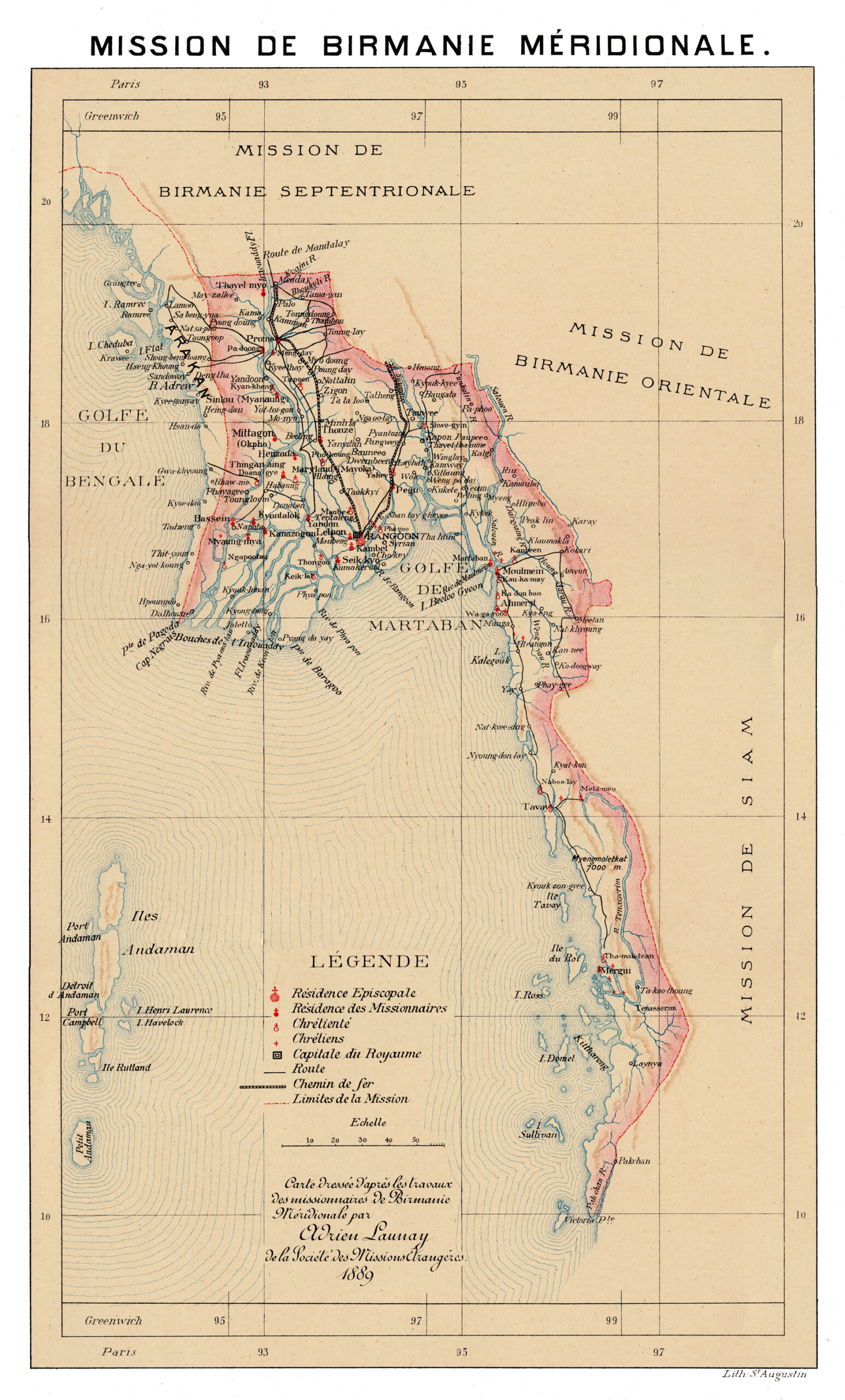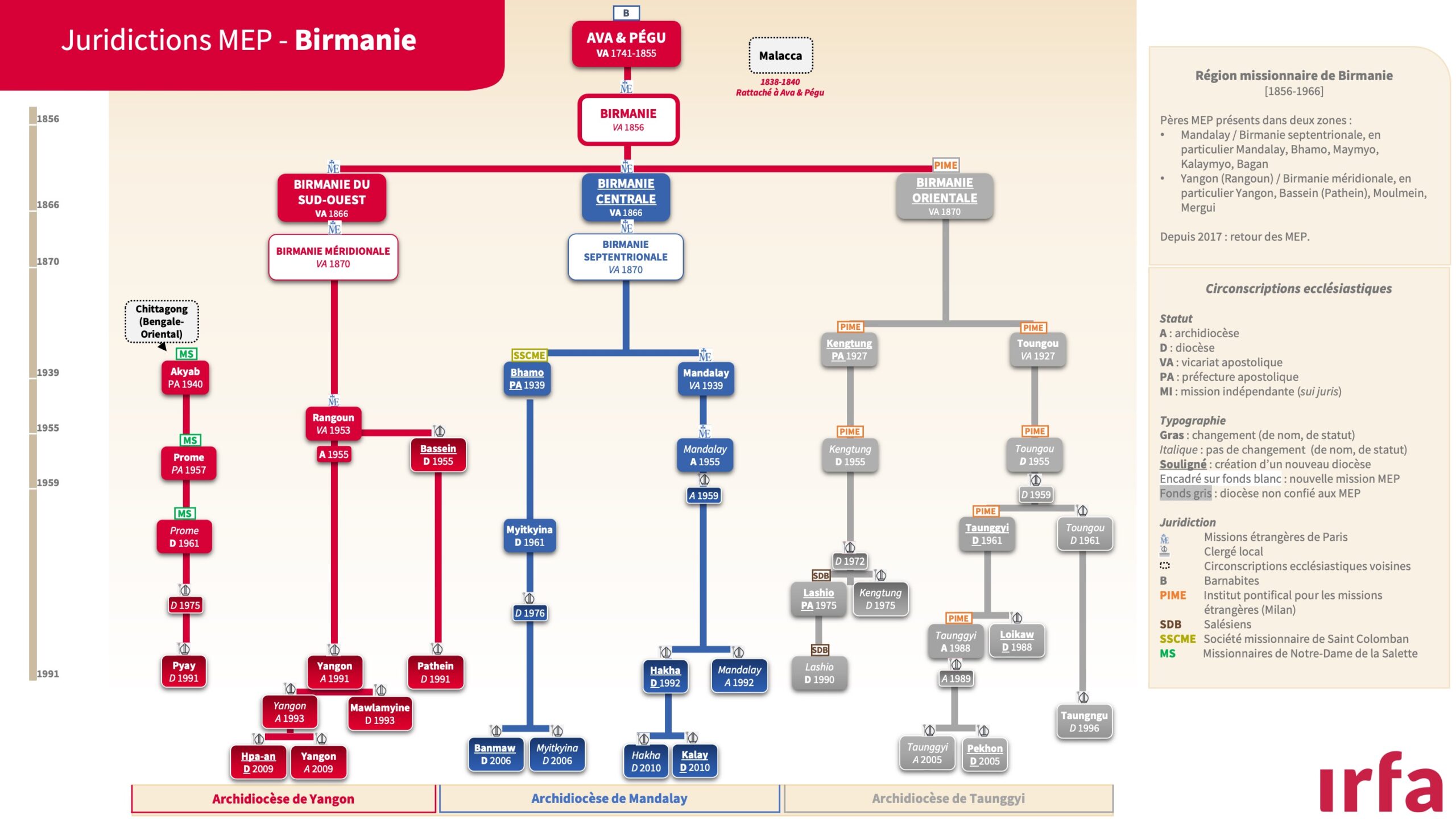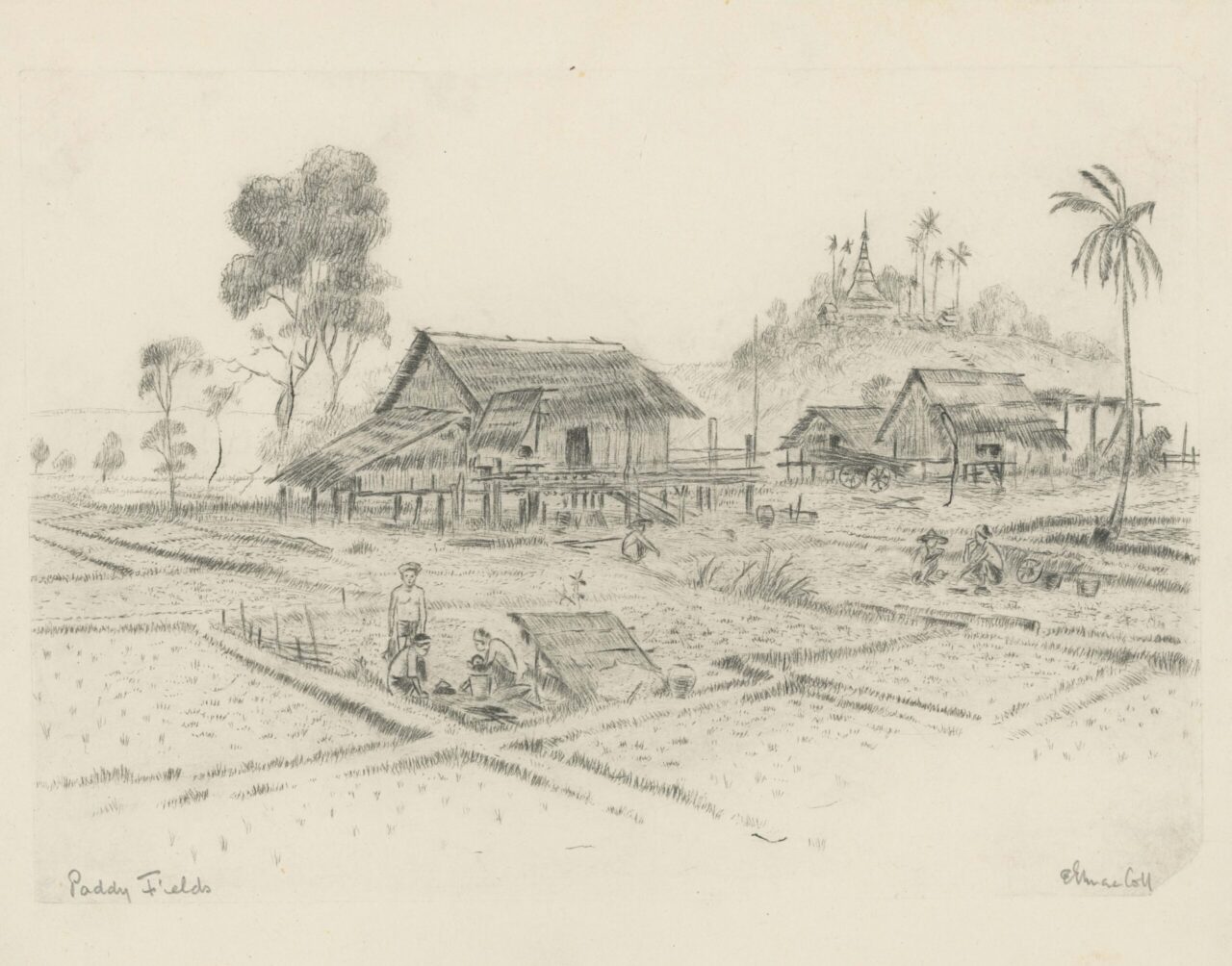
The MEP in Burma (1856-1966): an overview
Since the seventeenth century, the MEP have multiplied contacts with Burma and attempted multiple times, between 1689 and 1856, to settle in the country. It is only during the second half of the nineteenth century, with Great Britain strengthening its grip on the country, that Catholicism finally starts to successfully expand in Burma. In 1856, the Holy See assigns the evangelisation of the Burman territory to the MEP and places this new apostolic vicariate under the authority of Mgr Paul Bigandet, a true pioneer of the mission. If Mgr Bigandet first looked for a way in through the trade route linking Burma to China in order to penetrate the territory and evangelise it more easily, he finally recentred the focus of the mission on ethnic groups living in the mountains. In 1870, in the wake of the second Anglo-Burman war of 1852 which had split the country, the mission is divided into two apostolic vicariates assigned to the MEP: Southern Burma, with its episcopal see in Rangoon, and Norther, Burma, gravitating around the Mandalay see.
Mgr Bigandet’s death in 1894 and the start of the twentieth century mark a turning point in the MEP activities in Burma. The missionaries take advantage of the medical progresses of the West to give a new impetus to their enterprise, accentuating its social dimension and multiplying charity works and initiatives to facilitate access to healthcare and education.
This same period witnesses many international and local crises due notably to the separatist aspirations of ethnic groups marginalised in the past. These crises lead to the rise of a quite intolerant Buddhism regarding Catholicism. The two world wars only accelerate these trends. The MEP therefore concentrate all their efforts on the training of a local clergy. Little by little, a national Catholic community is built. Thus, in 1954, when the first dioceses of a freshly independent Burma are established, Mgr Joseph U Win is nominated Auxiliary Bishop of Mandalay. In 1966, the prohibition for foreigners who arrived in the country after the independence to renew their visas causes most MEP priests to leave and the definitive transfer of the ecclesiastical offices to the Burmans.
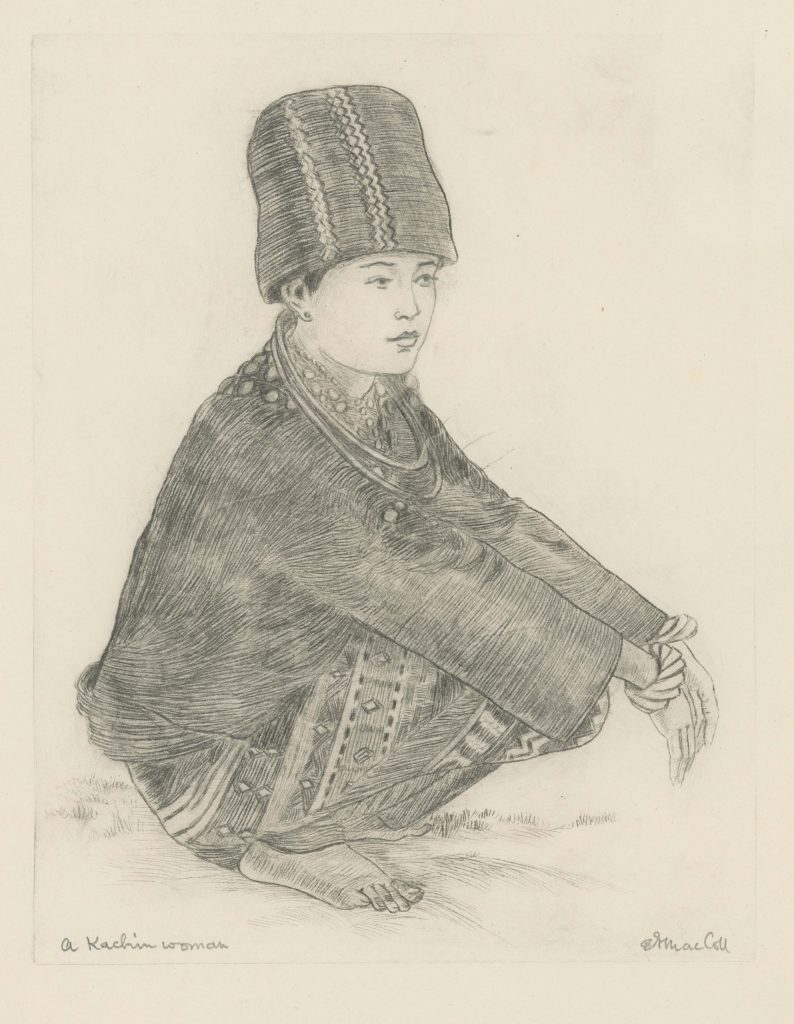
Chronology
1826-1852: conquest of Burma by the British Empire.
1856: the Holy See assigns Burma to the MEP, under the direction of Mgr Paul Bigandet.
Mgr Paul Bigandet is ordained bishop of the “Ava and Bago” mission.
There are nine priests and 4,000 Catholics in Burma.
1870: the mission is divided into two apostolic vicariates assigned to the MEP: Southern Burma and Northern Burma.
1873: Mgr Charles Bourdon is nominated vicar apostolic of Northern Burma.
Mgr Bigandet stays at the head of Southern Burma.
1886: the United Kingdom annexes Burma.
There are only 1,600 Catholics spread across 6 communities in Northern Burma.
1889: P. Freynet establishes the Pauskeinbe post, in an effort to convert the Karens ethnic group living in the mountains.
1891: foundation of a leper house in Mandalay by P. Wehinger, in a new charity impetus given by the MEP to their enterprise.
1894: death of Mgr Bigandet. Mgr Cardot takes his place.
At that time, there are 90 congregants, 36 French missionaries, 11 indigenous priests, 35,000 Catholics, and 155 churches in Southern Burma.
In Northern Burma, there are 22 French missionaries, 3 indigenous priests, 5,000 Catholics, and 32 churches.
1902: foundation of the Yenandaung post by P. Saint-Guily, in an effort to convert the Chins ethnic group living in the plains.
1919: the number of Catholics drops to 25,000 in Burma. Many are mobilised during the Great War, others leave the country, a lot die from the Spanish Plague.
1948: Burma declares its independence.
The MEP deploy their activities in the region inhabited by the North Chins (Kalemyo).
1942-1945: Japanese military occupation of Burma. Many devastations disorganise the parishes of the North and provoke important migrations to the North and to India.
1966: General Ne Win forbids the foreigners arrived after the independence to renew their visas. 28 MEP priests are deported this year.
Learn more
CANDIER Aurore, « De la collaboration coloniale : fortune des missions catholiques françaises en Birmanie, 1856-1918 », in Revue française d’histoire d’outre-mer, tome 87, n°326-327, 1er semestre 2000, Les Juifs et la mer, sous la direction de Richard Ayoun. pp. 177-203.
EVANS Edward P. (Fr.), Faithful unto death : the trial of Catholic missionaries killed in Burma, Canberra : A. R. McLean Printing, 1998, 179 p.
EVANS Edward P. (Fr.), History of the Catholic Church in Burma, 1856-1966, San Vito di Cadore : Grafica Sanvitese, 2012, 528 p.
RUELLEN Joseph, « Les Missions étrangères en Birmanie », in Les Missions étrangères en Asie et dans l’océan Indien, Paris : Les Indes savantes, 2007, p. 13 – 25.
ZA HEI LIAN Philippe, L’Évangile annoncé au peuple chin, Angers : Frémur éditions, 2013.
Sources
BIGANDET Paul (MEP), La mission de Birmanie, Paris : Téqui, 1890, 166 p.
FAURE M., « Birmanie septentrionale : Historique des districts (Fin) », in Annales des Missions étrangères de Paris, Paris : Missions étrangères de Paris, 1917
I- (1689–1856) Des premières tentatives d’évangélisation à la prise en charge de la mission par les MEP
XVIIème-XIXème siècles
(1826-1852) Conquête britannique
II- (1856–1894) Création des vicariats apostoliques et épiscopat de Mgr Bigandet
(1856) Le Saint-Siège confie la mission aux MEP
Action de Mgr Bigandet en Birmanie méridionale
Débuts difficiles du vicariat apostolique de Birmanie septentrionale
(1886) Annexion britannique
La mission à la mort de Mgr Bigandet
III- (1894-1914)
Les vagues migratoires post-annexion
Nouvelle dimension sociale de l’action missionnaire
« Birmanisation des ethnies » et montée d’un bouddhisme de moins en moins tolérant à l’égard du christianisme
IV- (1914-1966) De la Première guerre mondiale à la rupture de 1966
Un XXème siècle turbulent
(1948) Indépendance du pays et transition vers un clergé birman
(1966) Expulsion des missionnaires arrivés après l’indépendance

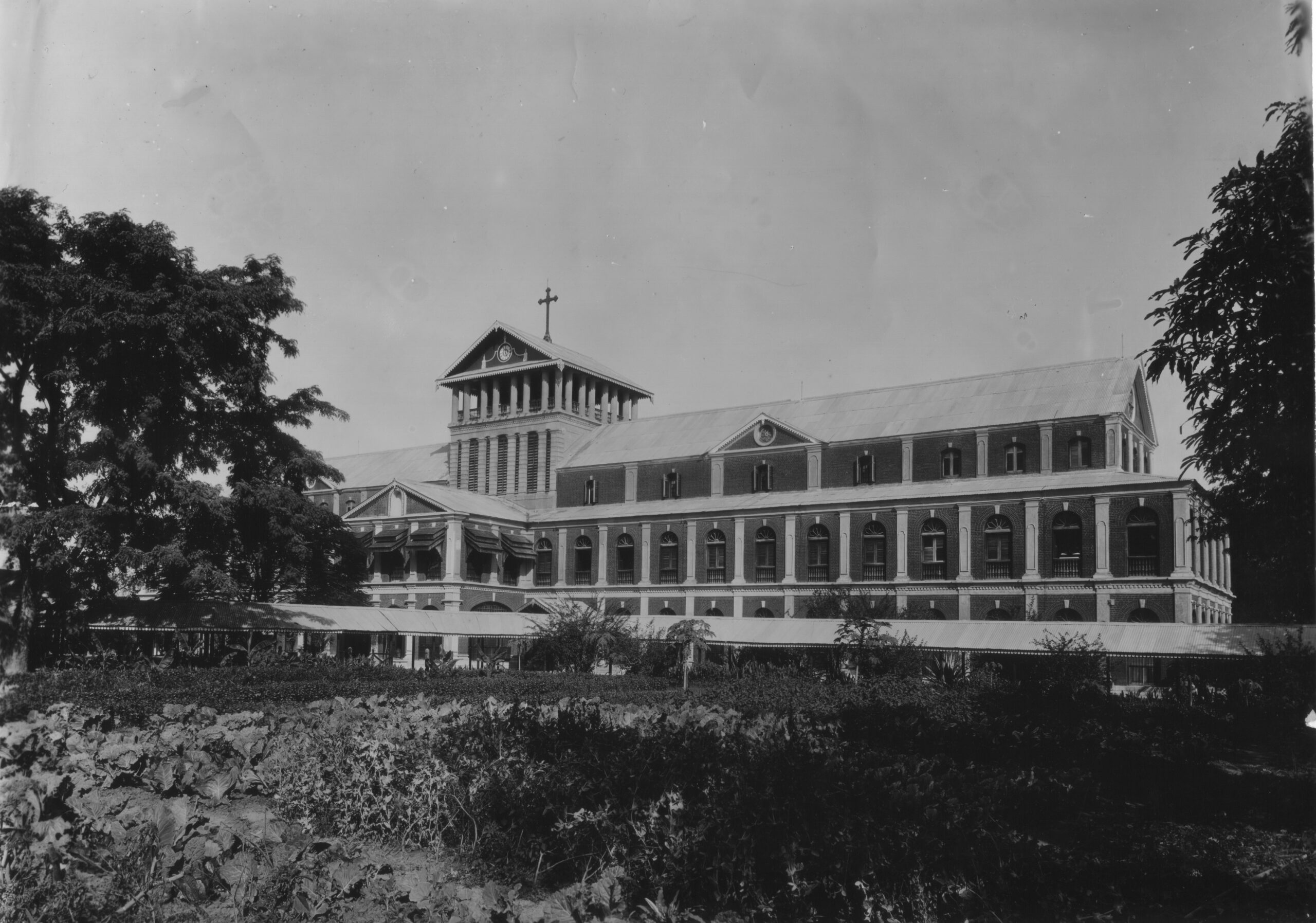
 Download
Download


